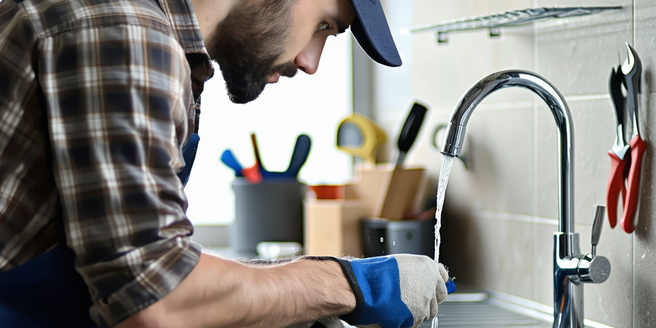Diy Home Maintenance Tips

Understanding the Basics of Home Maintenance
Home maintenance is essential to preserve the value and functionality of your home. Start by understanding the fundamental systems like plumbing, electricity, and structural aspects. Regular inspections can prevent minor issues from becoming costly repairs. Familiarize yourself with the location of main shut-off valves and circuit breakers. Additionally, keep a maintenance schedule for tasks such as changing air filters, inspecting the roof for leaks, and ensuring proper drainage around the foundation. It’s also wise to have a set of basic tools at your disposal for minor repairs and adjustments. By systematically addressing small concerns, you can maintain a safe and efficient home environment. Understanding these basics will empower you to tackle DIY projects and make informed decisions when professional assistance is necessary.
Essential Tools Every Homeowner Should Have
Having the right tools can make home maintenance tasks more manageable. Start with basic hand tools like a hammer, screwdrivers, pliers, and a tape measure. A quality toolbox should also include a cordless drill, a level, and a set of adjustable wrenches. Don’t forget to regularly inspect and clean your tools to ensure they remain in good condition. Consider investing in power tools as your skills grow; a circular saw or jigsaw can be invaluable for larger projects. Safety gear such as gloves and goggles is equally important to protect yourself during repairs. Select multi-purpose tools that offer versatility to handle a wide range of DIY tasks, ensuring that you’re well-equipped to address various home maintenance needs effectively.
Seasonal Home Maintenance Checklist
Each season brings unique maintenance challenges. In spring, check gutters, downspouts, and seals around windows to ensure they endured winter without damage. Pay close attention to any signs of wear that might warrant immediate repair. Don’t forget to also inspect your garden tools to ensure they are ready for the upcoming planting season. Summer is ideal for exterior projects like painting and landscaping. In the fall, clean gutters again and inspect the roof for potential issues before winter. Winterize your home by sealing drafts and checking the heating system. Regular seasonal inspections help mitigate problems before they become serious. By adhering to a seasonal checklist, you can manage upkeep efficiently, ensuring your home stays in top condition throughout the year.
Cost-Effective Ways to Repair and Renovate
Renovating your home doesn’t need to drain your savings. Begin by prioritizing projects that offer significant return on investment, such as kitchen and bathroom updates. Opt for cost-effective materials that mimic expensive ones, like laminate flooring or faux stone. Paint can transform spaces at a low cost, offering dramatic visual impact. Another effective way to save money is by repurposing existing furniture or decor instead of buying new. Consider energy-efficient upgrades to reduce long-term expenses, such as LED lighting or programmable thermostats. Don’t forget to set a realistic budget to guide your renovation efforts. Shop for materials during sales or clearance events, and tackle smaller projects yourself to save on labor costs. Strategic planning and smart shopping can keep renovations affordable.
Preventive Measures to Avoid Future Damage
Preventive maintenance is crucial to avoid costly repairs. Seal gaps around windows and doors to prevent drafts and moisture. Regularly inspect roofing for loose or damaged shingles and clear gutters to avoid water damage. Ensure proper ventilation in the attic to prevent mold growth. Schedule routine checks of HVAC systems and plumbing to catch leaks early. It’s also wise to familiarize yourself with basic home repair skills to address minor issues on your own. Install programmable thermostats to keep heating and cooling efficient. Monitoring your home’s condition regularly and addressing potential issues promptly can significantly extend its lifespan and preserve property value. Prevention strategies enable homeowners to maintain a safe and comfortable environment.